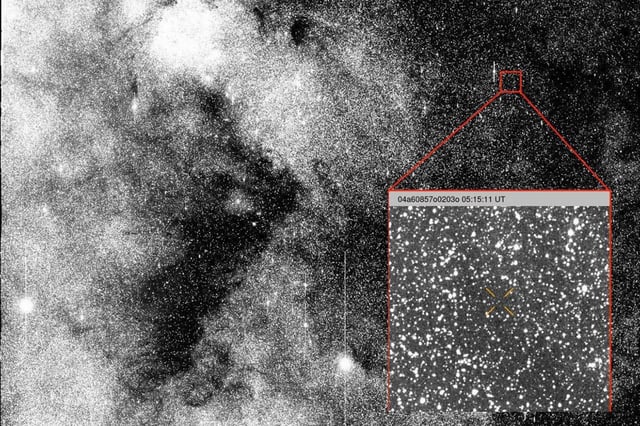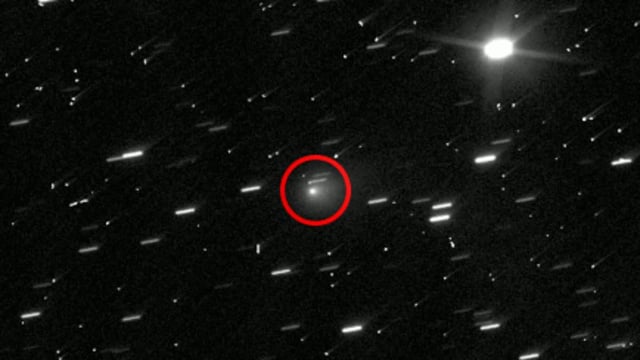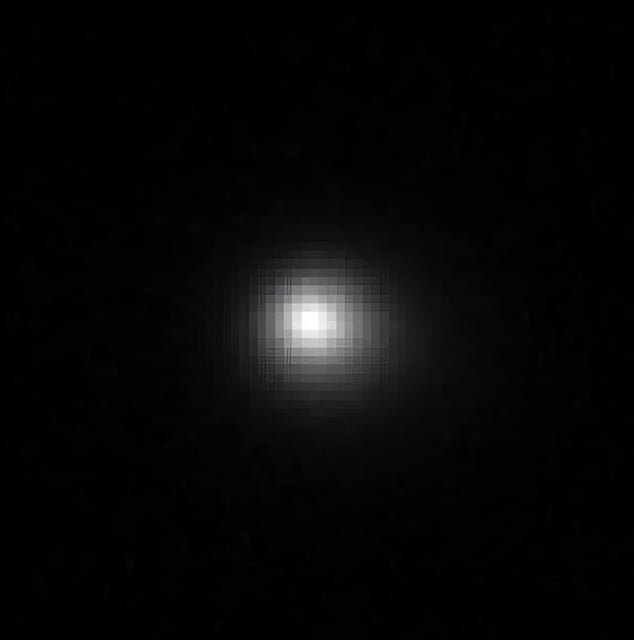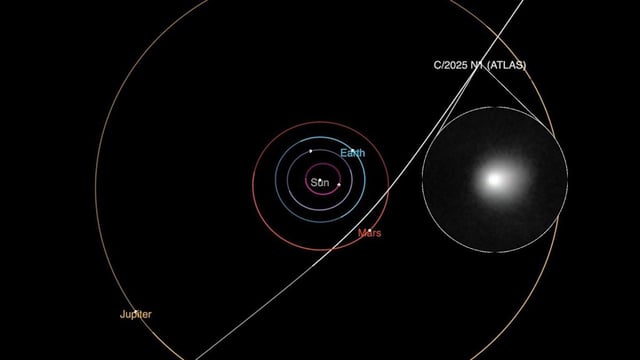Overview
- Data from June 21 to July 7 mark the first science observations of 3I/ATLAS by the Vera C. Rubin Observatory during its commissioning phase
- Analysis indicates the comet’s dusty coma expanded by nearly 3,000 km in radius since June and that its nucleus measures roughly 5.6 km across
- The team’s findings have been posted to arXiv pending peer review and showcase Rubin’s capability to detect an estimated 5 to 50 interstellar objects over its upcoming LSST survey
- Harvard physicist Avi Loeb argues that the comet’s retrograde trajectory within 5° of Earth’s orbital plane and absence of typical gas signatures point to an artificial probe hypothesis
- ESA planetary defence head Richard Moissl counters that all current observations align with expectations for a natural interstellar comet and show no signs of non-natural origins



